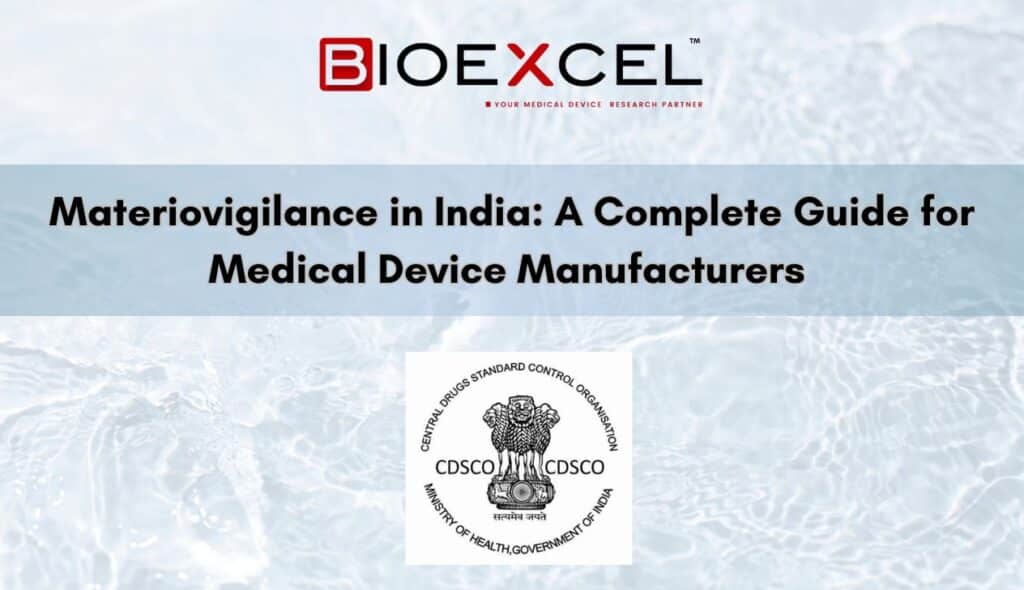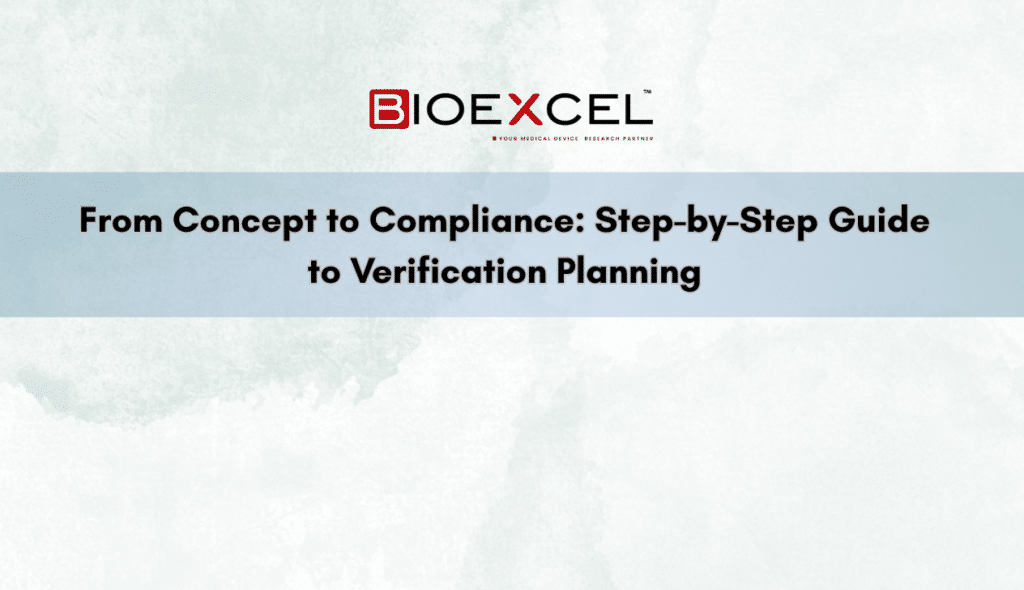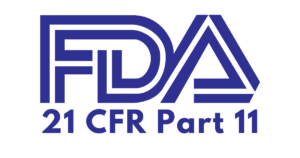Introduction:
Developing a medical device from an initial concept to a market-approved product is a journey that involves multiple stages of clinical research. Unlike pharmaceuticals (with Phase I–III trials), medical devices typically progress through a pilot (feasibility) study followed by a pivotal trial before approval. Each stage has a distinct purpose: the pilot stage uncovers critical insights about the device in real-world use, and the pivotal stage generates the definitive evidence needed for regulatory clearance. Understanding this roadmap—from a small pilot study to a large pivotal trial—is essential for sponsors and innovators aiming to navigate regulatory requirements confidently.
Pilot (Feasibility) Trials: Early-Stage Exploration
Pilot studies (also called feasibility studies) are usually the first-in-human trials for a new device. They are small-scale, exploratory trials conducted when additional information is needed on the product or trial design before moving to a larger study. A pilot study is typically single-centre, involving a limited number of patients (often fewer than 10), and it is not primarily designed to test formal hypotheses. Instead, the goal is to gather preliminary data and practical feedback that will inform the design of the subsequent pivotal trial.
Key objectives of a pilot trial include:
- Preliminary Safety Assessment: Gaining initial safety data and identifying any unanticipated risks in a small group of subjects.
- Device and Procedure Refinement: Identifying modifications needed in the device design or the procedural technique to improve performance and user experience.
- Optimising User Technique: Ensuring clinicians (or end-users) can use the device as intended, refining training and instructions for use.
- Defining Patient Population: Refining the intended use population and eligibility criteria (e.g., which patient subgroup benefits most) to guide recruitment for the pivotal study.
- Outcome Measure Validation: Evaluating which clinical outcomes are relevant and measurable for this device and confirming that those endpoints are clinically significant (e.g., determining if a 25% improvement in a symptom is meaningful to patients).
Sponsors enhance pivotal trial protocols using pilot trial data. Pilot results can help choose a control group, define success criteria, and estimate variance for pivotal trial sample size.
Piloting is about learning and de-risking. It shows how the device works in humans and what adjustments are needed to run the larger experiment properly. To minimise costly pivotal trial failures, regulators usually only demand one well-controlled trial for device clearance, but a pilot study is best practice for novel or high-risk devices.
Pivotal Trials: Demonstrating Safety and Efficacy
Development moves to the key trial after pilot insights. Pivotal trials are larger, confirmatory studies that prove the device’s safety and efficacy for its intended purpose. To collect different data, these trials enrol considerably more participants than pilot studies and often span numerous centres. Pivotal trials are hypothesis-driven and statistically powered, frequently with a control group or comparison (if ethical and practicable) to carefully test the device’s performance. A pivotal trial is the foundation of regulatory filings, whether for FDA Premarket Approval (PMA) or EU Medical Device Regulation CE certification.
Scientific and regulatory scrutiny is applied to all endpoints and follow-up time in a pivotal trial. Using clinical relevance and pilot data, the primary and secondary endpoints must show that the device’s benefits outweigh its hazards. Most pivotal studies must demonstrate a statistically significant improvement over standard care or acceptable safety in a broad population. The pivotal trial will have enough sample size to identify a substantial effect on an outcome measure if the pilot research showed it is clinically meaningful. Medical device approvals usually require one well-designed pivotal study, unlike drug approvals, which may require two Phase III studies. The pivotal trial’s quality and execution are crucial to success.
Device regulators worldwide are demanding more clinical evidence. The EU’s new guidelines require clinical trials for all Class III and many Class IIb implanted devices to be CE marked. When it comes to high-risk technologies, a rigorous pivotal study is essential. Sponsors of pivotal trials should follow Good Clinical Practice (e.g., ISO 14155:2020 standards) and pre-specify clear success criteria that meet regulatory expectations.

Navigating the Transition from Pilot to Pivotal
Transitioning from a pilot study to a pivotal trial is crucial. Sponsors must carefully analyse pilot results and implement the lessons into the crucial trial design to succeed. If the pilot reveals unexpected adverse occurrences or device use issues, address them immediately. This could involve improving device hardware or software, inclusion/exclusion criteria, user training, or protocol risk mitigations.
Transitioning from a pilot study to a pivotal trial is crucial. Sponsors must carefully analyse pilot results and implement the lessons into the crucial trial design to succeed. If the pilot reveals unexpected adverse occurrences or device use issues, address them immediately. This could involve improving device hardware or software, inclusion/exclusion criteria, user training, or protocol risk mitigations.
Operationally, moving to a pivotal trial means scaling up. More investigational sites must be initiated, and consistent training must be provided so that every site adheres to the protocol uniformly. Data management and monitoring plans also need to scale, potentially using risk-based monitoring strategies to handle the larger volume of data without compromising quality. This process is where partnering with an experienced medical device CRO can be invaluable. Bioexcel, for example, specialises in guiding sponsors through this transition, from refining the protocol to managing the trial logistics. By applying robust project management and quality systems, a CRO helps ensure the pivotal trial stays on track, compliant, and ready for regulatory inspection.
Conclusion
From pilot to pivotal, each step in the clinical trial roadmap serves to build evidence and confidence in a medical device. The pilot (feasibility) study is the exploratory phase that reduces uncertainty, while the pivotal trial is the confirmatory phase that proves the device’s worth. When executed well, this one-two punch answers the fundamental questions: Does the device work safely, and does it truly help patients? By investing the time to do a pilot study and then rigorously planning the pivotal trial, sponsors set themselves up for a smoother path to regulatory approval and market launch.
In today’s environment of heightened regulatory scrutiny and innovation, having a clear roadmap is more important than ever. Sponsors, CROs, and regulators all share the goal of bringing safe, effective devices to patients without unnecessary delays. By following best practices at the pilot and pivotal stages—and leveraging expertise from organisations like Bioexcel in clinical operations and regulatory strategy—medical device innovators can move from idea to approval with confidence. This journey from a concept to a clinically validated, approved device is challenging but achievable with the right roadmap and team in place, ultimately translating an innovative idea into improved patient care.












